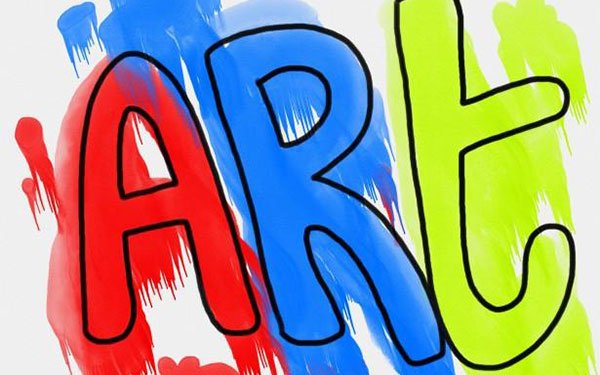Art is a human creative skill or talent, which is demonstrated through imaginative designs, sounds, or ideas. Key Art Concepts have always been an integral part of our histories. Lifestyles, Events, and Cultures, of an era or civilization have been the Key Art Concepts, depicted through the prevailing art forms of those times.

Distinctive Key Art Concepts have advanced intensive diverse times, with the changing craftsmen's view of handling, breaking down, and reacting to different works of art. Their imaginative articulations have been investigated by their creation, execution, and interest in expressions. Each recorded time has given novel commitment of authentic and social settings for building up the Key Arts Fundamentals of the important period. Visual Arts enable craftsmen to absorb the Key Arts Concepts of Symmetry, Color, Pattern, Contrast and the contrasts between at least 1 components in the creation. The Key Art Concepts of Visual Arts help comprehend and recognize the measurements, for example, Symmetry and Asymmetry, Positive and Negative Space, Light and Dark, Solid and Transparent, and Large and Small.
A scrutiny of various ages, tosses light at the differing Key Art Concepts common in those circumstances. The Pre-Historic Art/Paleolithic (2 million years back 130000 B.C) Key Art Concepts can be deciphered from the Stone Carvings on the old Cave Walls. The fine arts portray chasing, migrant life, and the verdure and the fauna of that age. Greek and Roman Key Art Concepts were viewed as the encapsulation of Art in the antiquated period. The customary Greek Key Art Concepts spread all through Central Asia, because of the victories of Alexander the colossal. This influenced the current Art Concepts of Central Asia for the following couple of hundreds of years. The Hellenic impact in those circumstances was to a great degree solid in these areas. Key Art Concepts of this stage incorporate however are not restricted to Column Bases and Architectural Details (normal of Greeks), Numismatics, Ceramic, Plastic Arts, and Terracotta dolls of semi-bare Greek and nearby gods, saints, and otherworldly characters.
Medieval and Renaissance Art keeps running from Byzantine Period, to Romanesque, to Gothic Styles, to the start of Islamic Art, to Renaissance and to the acknowledgment of Christian Art.
The historical backdrop of Modern Art began with Impressionism and proceeded with its unrest with time. These craftsmen wanted to paint outside and contemplated the impact of light on objects. These Key Art Trends proceeded until the mid eighteenth century. Lively hues were acquainted with Art to breath life into pictures. This Key Arts Fundamental was called Fauvism. Expressionism was the German adaptation of Fauvism. The consequent Key Art Concepts unrests were Art Nouveau and Art Deco Movements. They were tenderfoot Art ideas with high enriching styles.
The Art Nouveau Concept weights on enhancing craftsmanship. It was later named as first present day Key Art Concept. Interestingly, workmanship managed present day Psychology and Sensuality. Workmanship Deco was an outline style, which was a follow up of Art Nouveau. These Key Art Fundamentals ruled the large scale manufacturing of mold, furniture, adornments, material, engineering, and inside enhancement works of art.
Anon concocted Cubism, where pictures were changed over to 3D squares, or other geometrical figures. Surrealism took after, underlining on the oblivious personality and the understanding of dreams. A potential Key Art Concept, Abstract Art, at that point achieved this. Theoretical Art is about imagination with unique joining. Pop Art Movement and Optical Art Movement brought craftsmanship once more into the day by day lives of masses, through straightforward drawing and funnies. They considered dynamic craftsmanship excessively modern and tip top for the general masses to appreciate. Present day craftsmanship offered approach to Photography, Visual Graphics, and 3D Animation in the later years.
Through ages, Key Art Concepts have been responsible for the different artistic expressions. These Art Concepts mirrored the impact of Cultures and Psychology of all circumstances. The Key Art Concepts enable craftsmen to see how the commentators and the history specialists approach their practices, how they make determinations, translations, and judgments.
Annette Labedzki got her BFA at the Emily Carr College of Art and Design in Vancouver, B.C. Canada. She has over 25 years encounter. She is the organizer and engineer of an online craftsmanship exhibition highlighting unique workmanship from everywhere throughout the world. It is an extraordinary site for craftsmanship gatherers to purchase unique workmanship. Is additionally a scene for specialists to show and offer their craft . Specialists can join for nothing and their picture transfer is boundless.
Good
nice
Good material
Nice topic my freind
good article!!
wowww